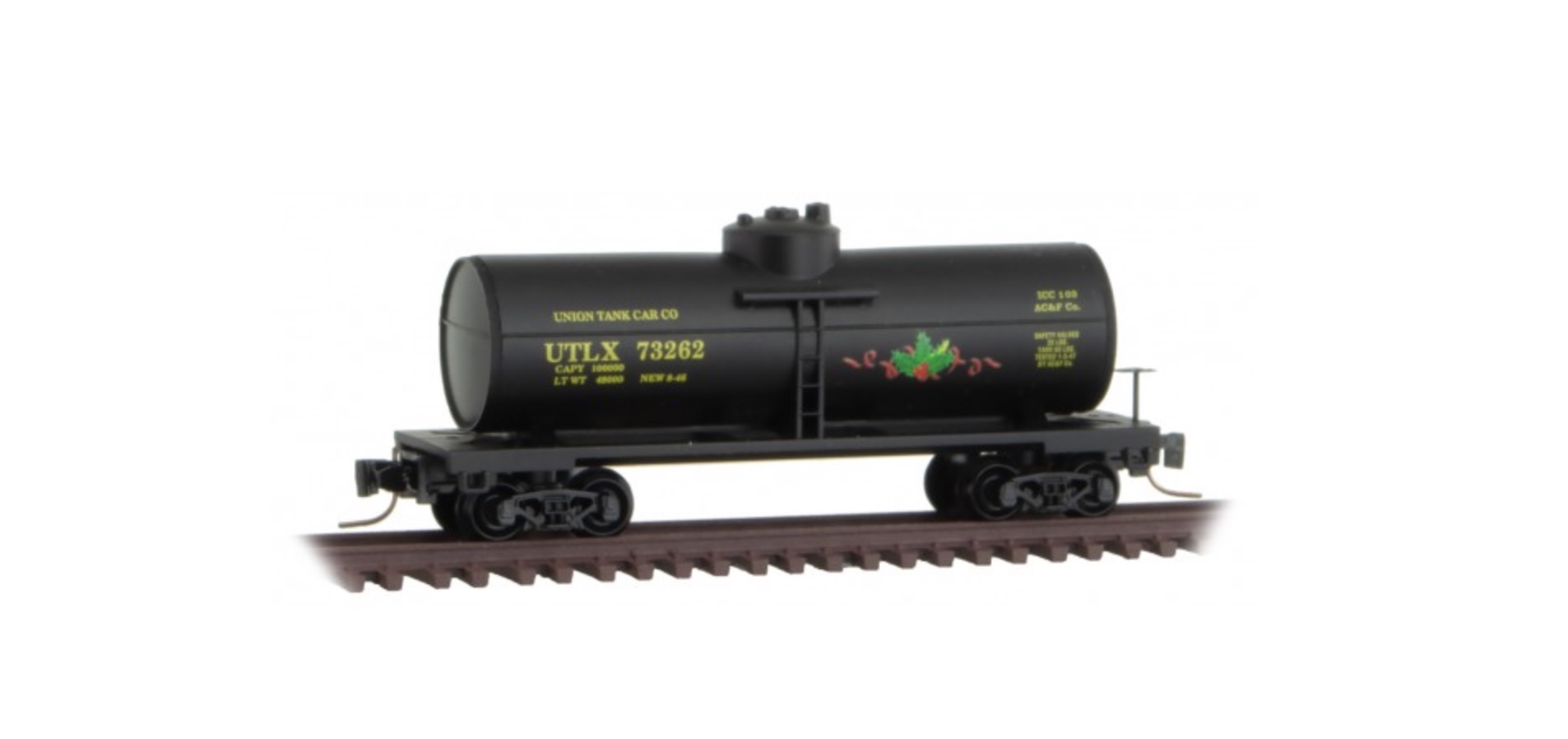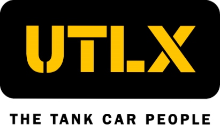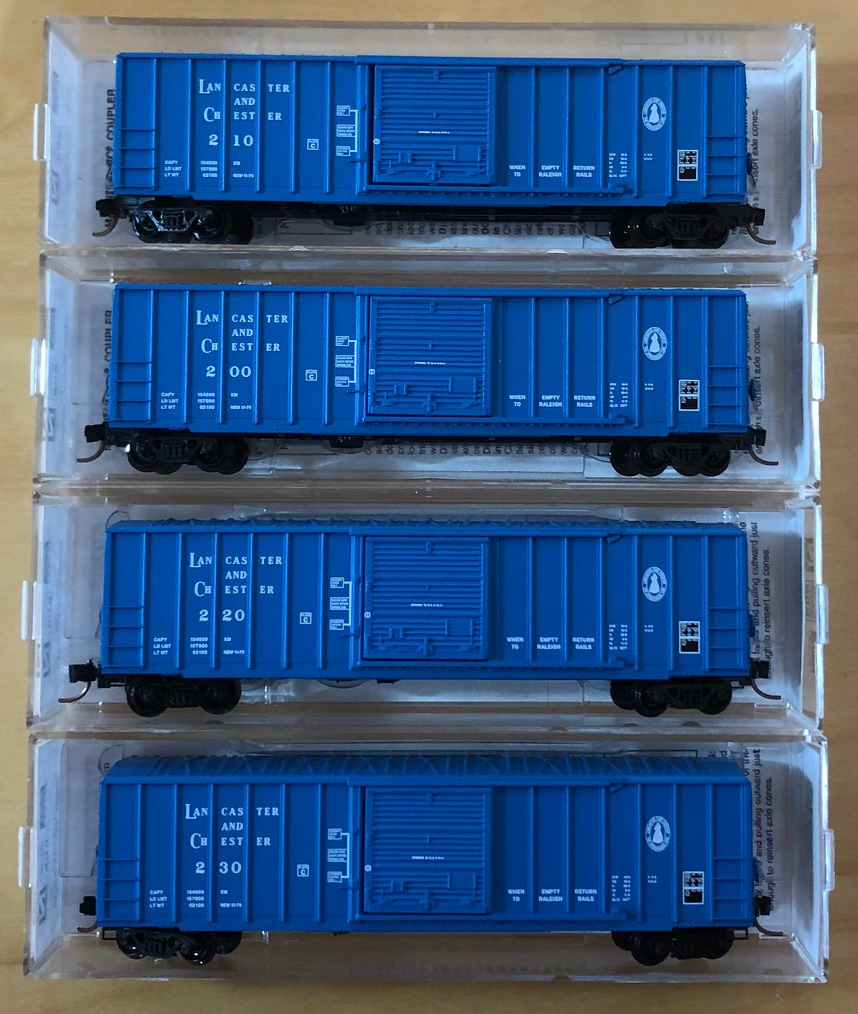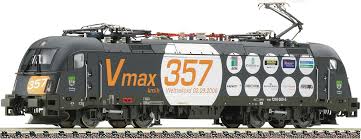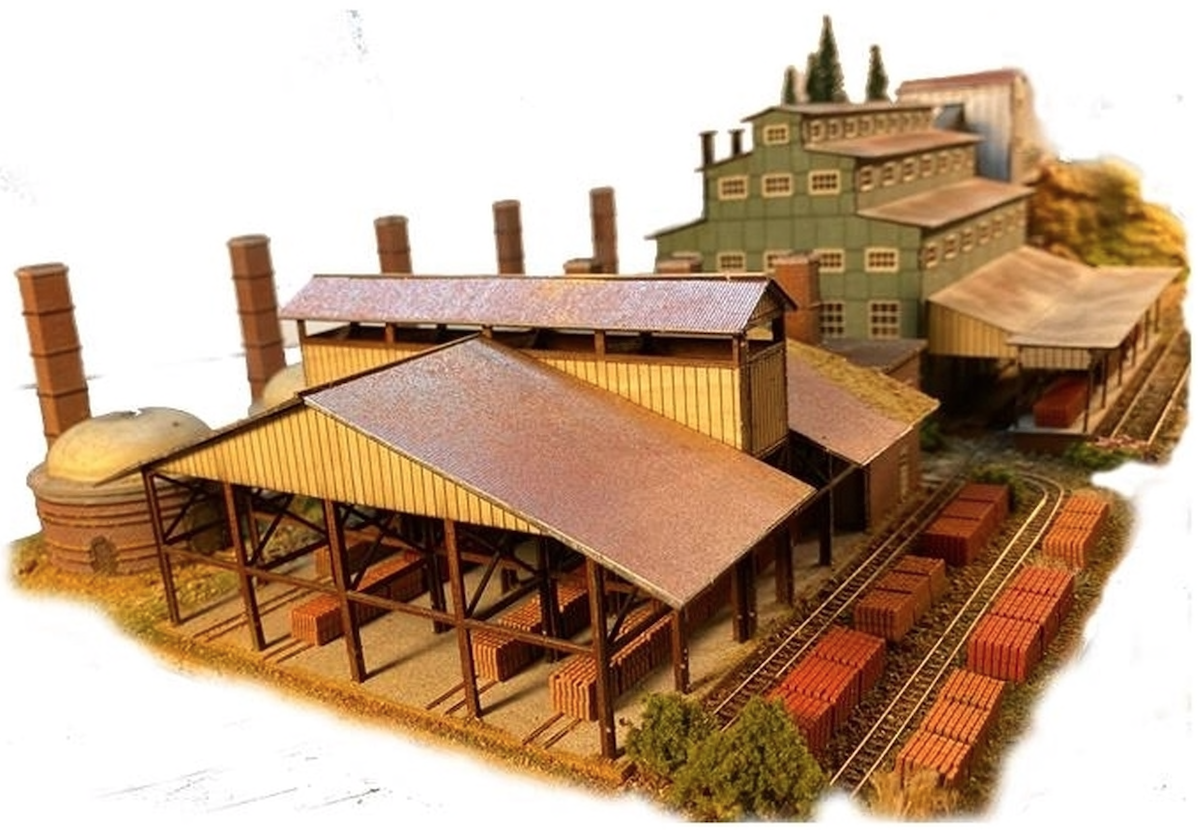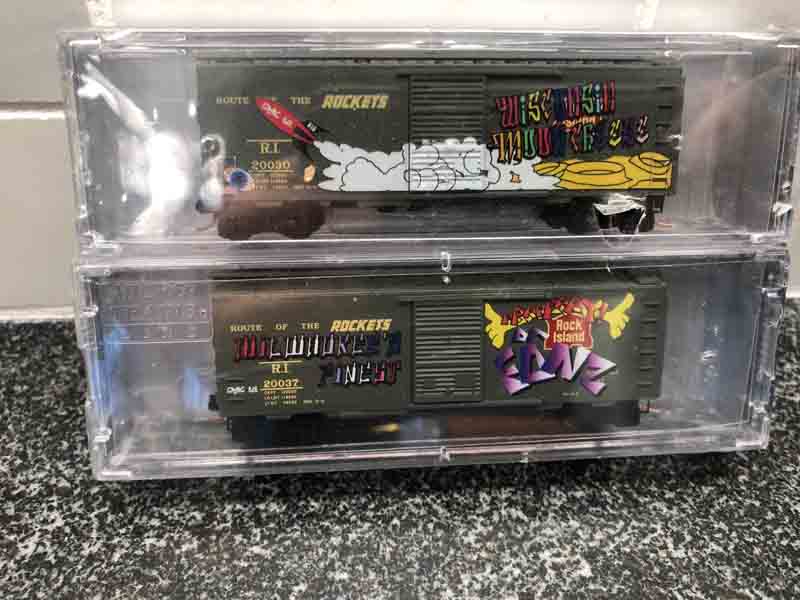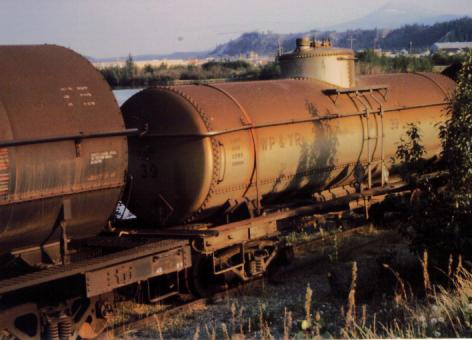Specific Item Information: Black Friday Cyber Specials: These N and Z Scale Cars were offered only with purchases from MTL's Website.
Prototype History: Single Dome tank cars are a railroad staple. They have been around since the first half of the 20th century. This length car can handle about 10,000 gallons. These railcars carry a wide array of commodities, including liquid fertilizers, chemicals, fuel oils and asphalt, and food-grade oils. Tank cars can be pressurized or non-pressurized, insulated or non-insulated. Single dome cars carry only a single commodity at once. Food-service tank cars may be lined with stainless steel, glass, or plastic. Tank cars carrying dangerous goods are generally made of different types of steel, depending on the intended cargo and operating pressure. They may also be lined with rubber or coated with specialized coatings for tank protection or product purity purpose. The tank heads are also stronger to prevent ruptures during accidents.
One common version is the ACF Type 27 jacketed tank car with expansion dome which was in common use by many railroads and oil companies.
One common version is the ACF Type 27 jacketed tank car with expansion dome which was in common use by many railroads and oil companies.
Road Name History: Union Tank Car Company or UTLX (their best known reporting mark) is a railway equipment leasing company (and car maintenance / manufacturing) headquartered in metro Chicago, Illinois. As the name says, they specialise in tank cars, and covered hopper cars. As of September 2005, according to their site, they have about 80,000 cars in their fleet.
Union Tank Car Company was founded in 1866 by Captain Jacob J. Vandergrift, in response to the economic activities of John D. Rockefeller in the years leading up to his creation of Standard Oil. Vandergrift was involved in the conflicts in the oil regions of Western Pennsylvania in the 1860s?1870s. Eventually, Union Tank Car Company and Vandergrift's other holdings, which included pipeline and riverboat transport companies, merged with the company that later became Standard Oil. Rockefeller, once Captain Vandergrift's nemesis, made him Vice President of Standard Oil. The town of Vandergrift, Pennsylvania, built in 1895 by steel company president George G. McMurtry to house his workers, was named in Vandergrift's honor.
TransUnion was formed as a holding company in 1968 to hold Union Tank Car Company. TransUnion soon began began acquiring credit information and information management companies as a second major investment. The Marmon Group acquired TransUnion in 1981, spinning off the TransUnion name and the financial portion of the holding company to Madison Dearborn Partners in the 1990s.
Union Tank Car Company is still owned by Marmon, which in turn is now a 100% owned subsidiary of Berkshire Hathaway.
Union Tank Car Company was founded in 1866 by Captain Jacob J. Vandergrift, in response to the economic activities of John D. Rockefeller in the years leading up to his creation of Standard Oil. Vandergrift was involved in the conflicts in the oil regions of Western Pennsylvania in the 1860s?1870s. Eventually, Union Tank Car Company and Vandergrift's other holdings, which included pipeline and riverboat transport companies, merged with the company that later became Standard Oil. Rockefeller, once Captain Vandergrift's nemesis, made him Vice President of Standard Oil. The town of Vandergrift, Pennsylvania, built in 1895 by steel company president George G. McMurtry to house his workers, was named in Vandergrift's honor.
TransUnion was formed as a holding company in 1968 to hold Union Tank Car Company. TransUnion soon began began acquiring credit information and information management companies as a second major investment. The Marmon Group acquired TransUnion in 1981, spinning off the TransUnion name and the financial portion of the holding company to Madison Dearborn Partners in the 1990s.
Union Tank Car Company is still owned by Marmon, which in turn is now a 100% owned subsidiary of Berkshire Hathaway.
Brand/Importer Information: Micro-Trains Line split off from Kadee Quality Products in 1990. Kadee Quality Products originally got involved in N-Scale by producing a scaled-down version of their successful HO Magne-Matic knuckle coupler system. This coupler was superior to the ubiquitous 'Rapido' style coupler due to two primary factors: superior realistic appearance and the ability to automatically uncouple when stopped over a magnet embedded in a section of track. The success of these couplers in N-Scale quickly translated to the production of trucks, wheels and in 1972 a release of ready-to-run box cars.
Micro-Trains Line Co. split off from Kadee in 1990 to form a completely independent company. For this reason, products from this company can appear with labels from both enterprises. Due to the nature of production idiosyncrasies and various random factors, the rolling stock from Micro-Trains can have all sorts of interesting variations in both their packaging as well as the products themselves. When acquiring an MTL product it is very important to understand these important production variations that can greatly enhance (or decrease) the value of your purchase.
Micro-Trains Line Co. split off from Kadee in 1990 to form a completely independent company. For this reason, products from this company can appear with labels from both enterprises. Due to the nature of production idiosyncrasies and various random factors, the rolling stock from Micro-Trains can have all sorts of interesting variations in both their packaging as well as the products themselves. When acquiring an MTL product it is very important to understand these important production variations that can greatly enhance (or decrease) the value of your purchase.
Item created by: CNW400 on 2022-05-03 11:01:29
If you see errors or missing data in this entry, please feel free to log in and edit it. Anyone with a Gmail account can log in instantly.
If you see errors or missing data in this entry, please feel free to log in and edit it. Anyone with a Gmail account can log in instantly.


